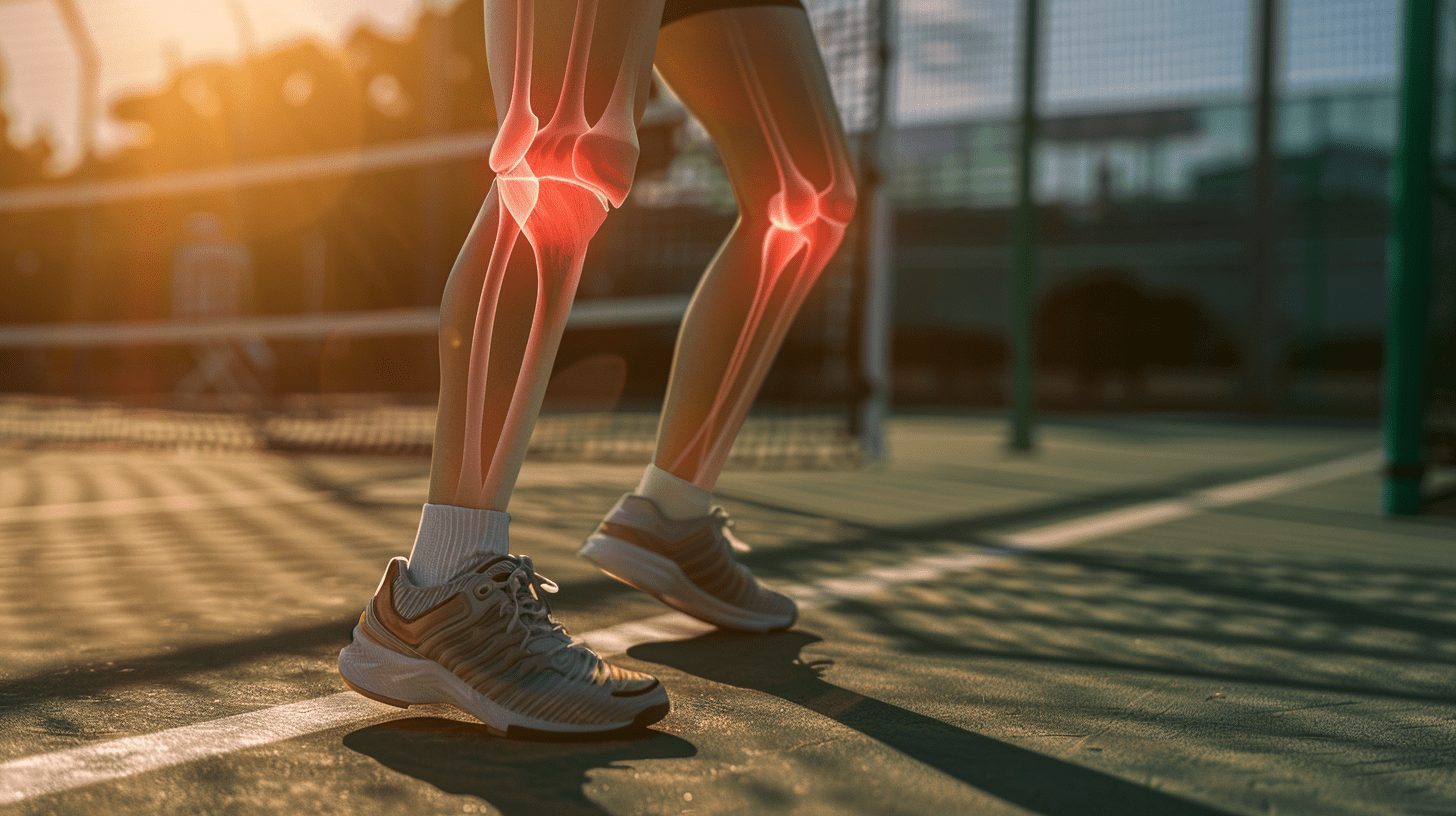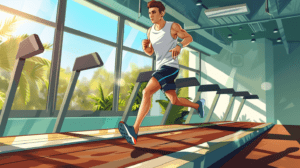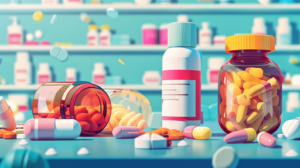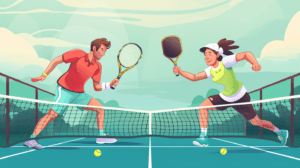Is Pickleball Hard On Your Joints?

Last updated
If you’re new to pickleball or already dealing with joint issues, you might wonder if pickleball is hard on your joints? As its popularity grows, many players, particularly seniors, are curious about its physical demands.
This seemingly relaxed game requires quick, intense movements that can stress your joints.
Let’s explore how you can keep playing without the pain.
Why Do My Joints Hurt After Pickleball?
Playing pickleball puts a lot of stress on your joints due to the fast-paced, dynamic nature of the game.
It involves many sudden starts, stops, and changes of direction, which can strain your knees, hips, and ankles.
Suppose you often feel sore after a game. In that case, it might be because of muscle strains, ligament sprains, or even the flare-up of conditions like osteoarthritis.
How do you fix joint pain?
To manage and possibly reduce your joint pain from pickleball, try these strategies:
What vitamin helps joint pain?
Your diet can play a huge role in how your joints feel. Here are some key nutrients that can help:
How to Minimize Joint Injuries in Pickleball?
You might think pickleball is gentle on the joints, but it’s still wise to take precautions. Dr. Robinson(1) suggests a warm-up that mirrors the movements you’ll make during the game.
This includes mini squats, calf raises, and various hip exercises. Doing these before stepping onto the court preps your muscles and joints for action.
Strengthening your legs and core is also crucial. Stronger muscles mean less strain on your joints, which can keep you playing longer without discomfort.
If you have knee issues, Dr. Robinson advises you to listen to your body. If you feel pain, dial it back a bit—maybe don’t play as intensely.
Selecting the right footwear is crucial as well. Pickleball shoes with firm soles are ideal because they support better movement and reduce injury risks. A good pair of shoes stabilizes your ankles and keeps your feet firm on the ground, helping to dodge joint pain.
So next time you hit the court, take these tips to heart—you’ll thank yourself later!
Does Pickleball Have a High Rate of Injuries?
Pickleball does not have a high rate of injuries compared to other sports. Dr. Christopher Wu(2) mentions that while it is generally safe, attention should be paid to joint injuries such as “pickleball elbow.”
Following a proper warm-up routine, staying hydrated, using the correct techniques, and choosing the appropriate footwear can significantly decrease your risk of injury.
Remember, a cool-down routine with static stretching after playing is crucial for maintaining your joint health and minimizing injury risks, enhancing your overall experience in the sport.
Are Injuries Common Among Seniors in Pickleball?
Yes, injuries are relatively common among seniors playing pickleball, primarily due to overuse and existing joint issues.
Dr. Wu highlights that over half of pickleball players are 55 or older, and repetitive movements can exacerbate conditions like arthritis. To mitigate this, it’s wise to focus on how your body feels during play and adjust accordingly.
Integrating stretches and strength exercises specific to pickleball can significantly bolster joint health.
By enhancing joint strength and flexibility, you reduce the risk of strain. You can enjoy the benefits of this active sport without pushing your body beyond its limits.
Listen to your body and take breaks when needed to keep playing safely.
Injury Statistics by Age
While exact statistics on age-specific injury rates in pickleball are unavailable, older adults, particularly those over 55, are more likely to experience joint problems.
This demographic has seen a significant increase in participation, with a 14.8% rise in players from 2020 to 2021.
Given their extensive wear and tear and often decreased flexibility, seniors are generally more susceptible to injuries such as tendonitis and “pickleball elbow.”
While moderate in intensity, pickleball still requires proactive measures to prevent injuries.
For you, this means paying close attention to any signals your body sends. A good practice is to incorporate a thorough warm-up routine focused on joint mobility and choose footwear that provides adequate support and cushioning.
References
Hospital for Special Surgery Article on Pickleball and Knee Injuries:
“Pickleball and Knee Injuries.” Hospital for Special Surgery. Available at: https://www.hss.edu/article_pickleball-knee-injuries.asp.
American Medical Association Article on Preventing Pickleball Injuries:
“What Doctors Wish Patients Knew about Preventing Pickleball Injuries.” American Medical Association. Available at: https://www.ama-assn.org/delivering-care/public-health/what-doctors-wish-patients-knew-about-preventing-pickleball-injuries.
PubMed Central Article on Exercise and Aging:
Mills, Kyle M., et al. “Physical Exercise in Aging: Nine Reasons for Optimism.” PMC, vol. 15, no. 5, 2019, pp. e0234028. National Institutes of Health, https://www.ncbi.nlm.nih.gov/pmc/articles/PMC6913863/.







